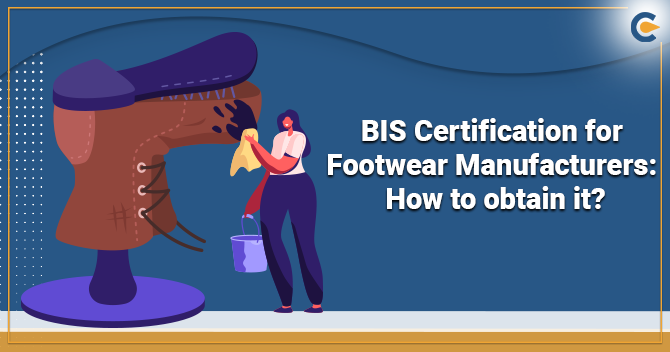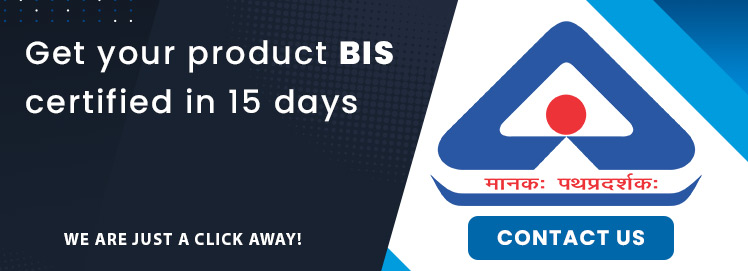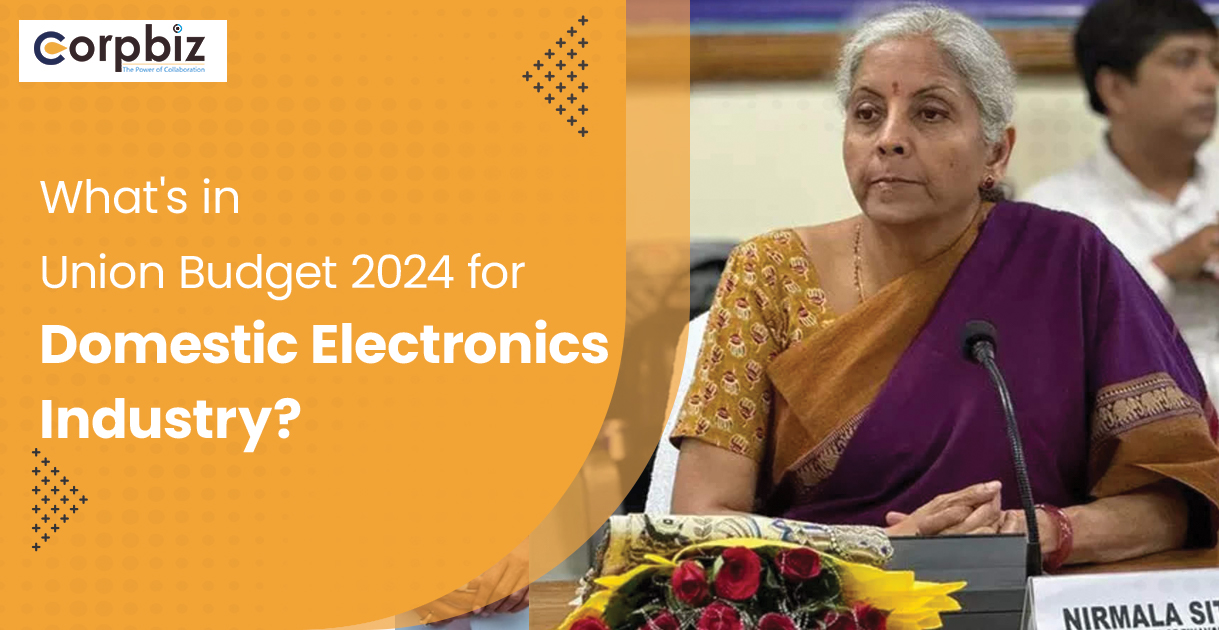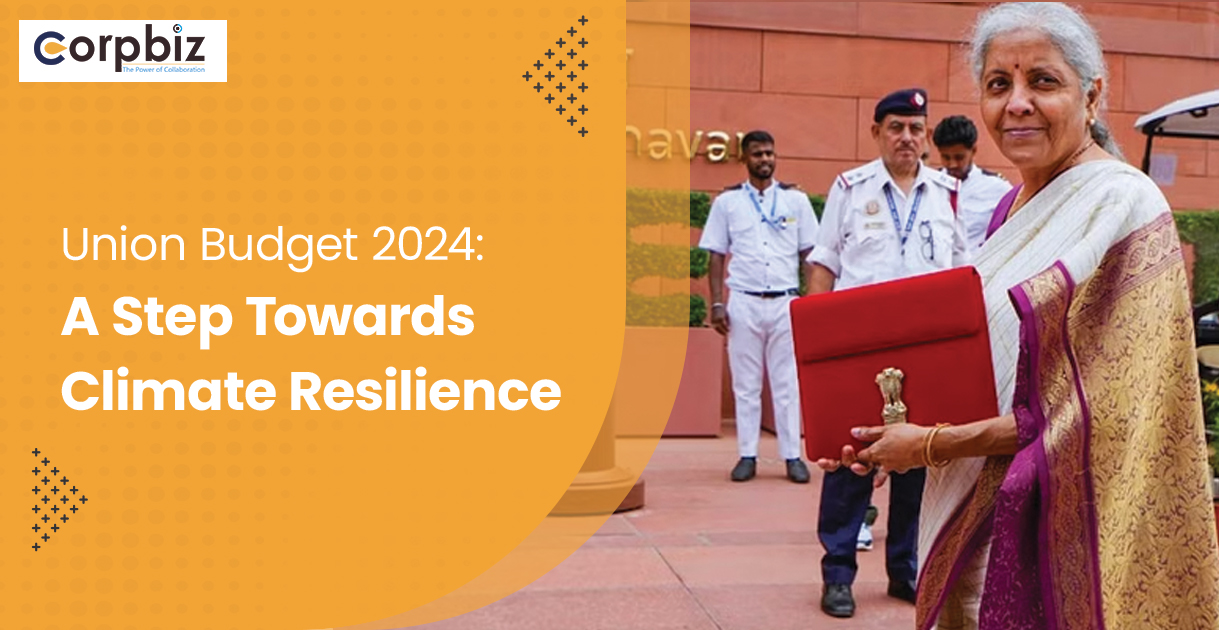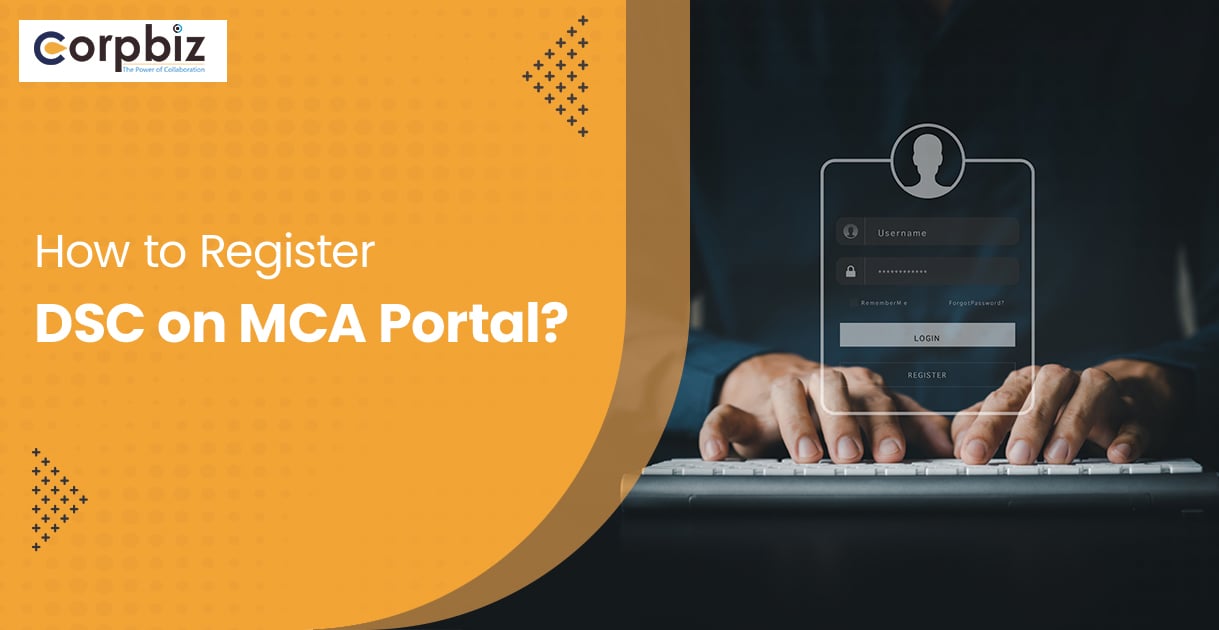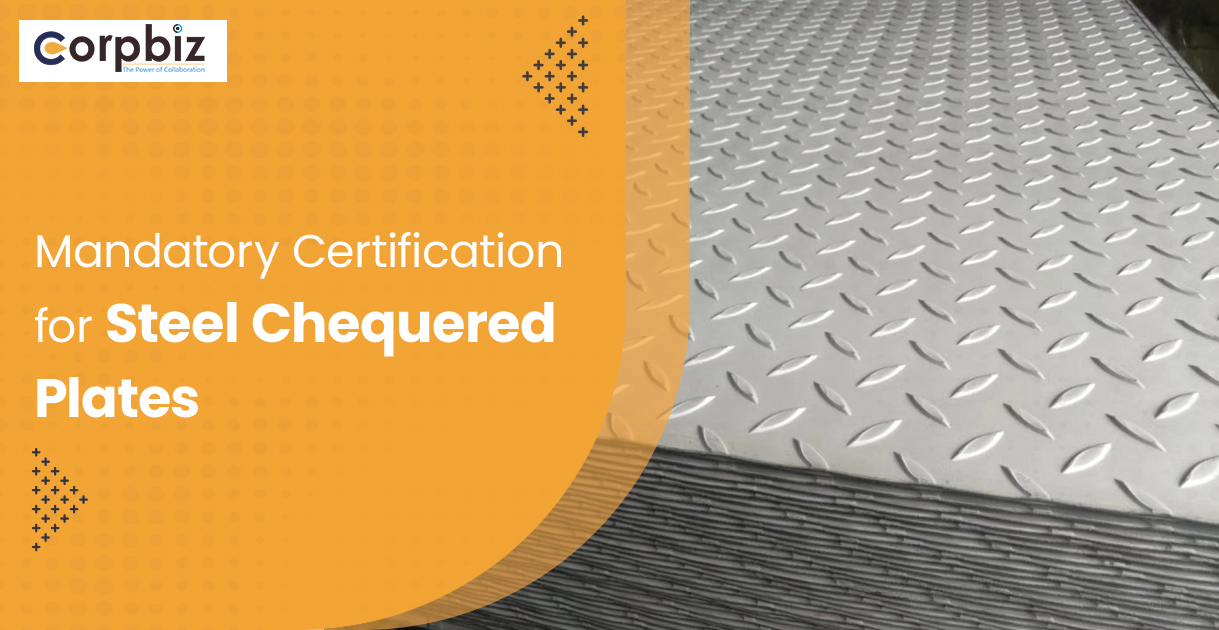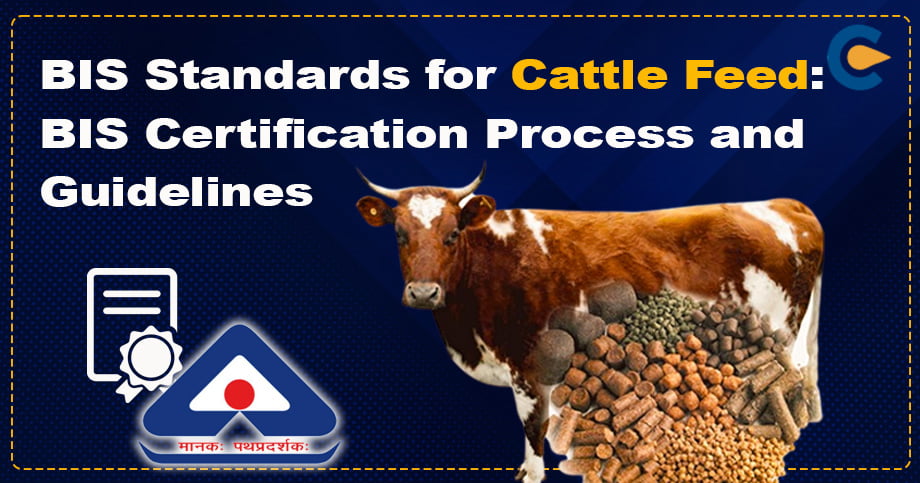Recently, the Bureau of Indian Standard aka BIS has rolled step-wise guidelines for the issuance of BIS certification for footwear makers. This write-up renders info on the same procedures but in a brief and simplified way.
Procedure to Obtain BIS Certification for Footwear Manufacturer
Following is the step by step guide prepared by BIS for the grant of BIS certification for Footwear makers.
Step 1: Go through the Indian Standard
- The First step is to pinpoint relevant Indian Standard for your product category. Once you have located the appropriate standard, download the same from the BIS portal after creating the account.
Go through the Indian Standard to check;
- Whether your product fulfils the underlying norms cited in the Indian Standard
- Whether your manufacturing unit have required equipment and test facilities in place
Footwear maker that lacks required testing facilities must reach out for BIS-certified labs. These labs enable footwear makers to test their products for underlying quality standards. For example, tests for Innocuousness & Slip resistance cited for PPE Part 2 Safety Footwear in IS 15298 (Part 2): 2016 are allowed to be subcontracted by BIS
Step 2: Visit Online portal- Manak online and create account
Go to www.manakonline.in and create a login account on this portal. After login, you can proceed with the application filing process.
Read our article:Advantages and Disadvantages of BIS Registration
Step 3: Select an Apt Indian Standard
While furnishing application for BIS certification for Footwear, opt for the suitable Indian Standard for your product from the table given below:
| 1. | IS 5557: 2004 | Industrial & protective rubber knee & ankle boots |
| 2. | IS 5557 (Part 2): 2018 | All rubber gum boots as well as ankle boots |
| 3. | IS 5676: 1995 | Moulded solid rubber soles & heels |
| 4. | IS 6664: 1992 | Rubber microcellular sheets for heels& soles |
| 5. | IS 6719: 1972 | Solid PVC heels & soles |
| 6. | IS 6721: 1972 | PVC sandal |
| 7. | IS 10702: 1992 | Rubber Hawai Chappal |
| 8. | IS 11544: 1986 | Slipper, rubber |
| 9. | IS 12254: 1993 | Polyvinyl chlorideindustrial boots |
| 10. | IS 16645: 2018 | Moulded plastics footwear- Lined or Unlined polyurethane boots meant for industrial use |
| 11. | IS 16994: 2018 | Footwear for municipal scavenging work |
| 12. | IS 1989 (Part 1): 1986 | Leather safety shoes & boots for miners |
| 13. | IS 1989 (Part.2): 1986 | Leather safety shoes& boots for heavy metal industries |
| 14. | IS 3735: 1996 | Canvas Shoes Rubber Sole |
| 15. | IS 3736: 1995 | Canvas Boots Rubber Sole |
| 16. | IS 11226: 1993 | Leather safety footwear outfitted with direct moulded rubber sole |
| 17. | IS 14544: 1998 | Leather safety footwear outfitted withdirect moulded PVC sole |
| 18. | IS 15844: 2010 | Footwear meant for sporting activities |
| 19. | IS 17012: 2018 | High ankle tactical boots with Rubber-PU sole |
| 20. | IS 17037: 2018 | Antiriot shoes |
| 21. | IS 17043: 2018 | Derby shoes |
| 22. | IS 15298 (Part 2): 2016 | Personal protective equipment (PPE) – Part 2 Safety Footwear |
| 23. | IS 15298 ( Part 3) : 2019 | Personal protective equipment – Part 3 Protective Footwear |
| 24. | IS 15298 (Part 4) : 2017 | Personal protective equipment – Part 4 Occupational Footwear |
| 25. | IS 3976:2003 | Safety rubber boots made for miner |
Presently, the BIS portal facilitates two modes of application filing for the footwear manufacturer, namely, normal and simplified procedures. The normal procedure enables the manufacturer to apply for a BIS certificate without a quality test report bestowed by a BIS-certified lab. Meanwhile, under the simplified procedure, the applicant is required to submit the test report while applying for the BIS registration.
Under the simplified procedure, the license will be issued after thorough verification. For this purpose, the authority’s official randomly draws a “verification sample” from the production lot and then test the same for desired quality norms.
Step 4: Facilitate requested Details
During the application process, go through the on-screen guidelines on the BIS portal to provide detail regarding the following;
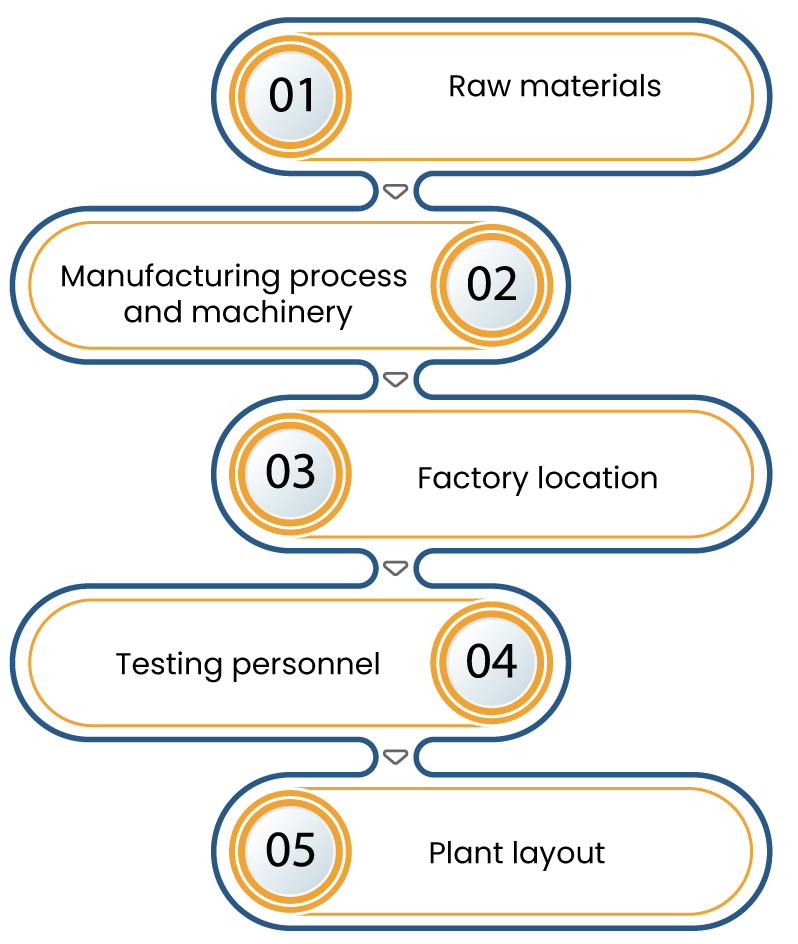

Once done, proceed to make the online payment against the applicable fees
While applying via the simplified procedure, make sure to upload the simplified procedure granted by the BIS certified Lab.
While rendering info regarding the test equipment, make sure that the test facilities for which subcontracting has not to be allowed in the scheme of inspection & testing are present in your facility and manifested in the list being uploaded.
In case the Scheme of Inspection and Testing/product manual is not available for your product, and if you intend to be allowed to subcontract any of the test(s) mentioned in the Indian standard to a BIS certified lab instead of establishing the test facility in-house, make sure to intimate the respective branch officer & furnish your proposal for allowing subcontracting with due justification, to them. Also, render clarity on which BIS certified lab you intend to subcontract these tests.
Step 5: Address any concerns raised by the BIS
- After successful registration, an application number will be generated on the portal.
- Make sure to go through the communication box located on the portal.
- If you come across any objections raised by BIS, respond promptly and address all concerns.
Step 6: Provide confirmation regarding the date of factory inspection
Once the authority has proposed a date for inspection, provide your confirmation regarding the same at the earliest (within ten days from the date of application submission), failing which your request for certification may be processed for closure/rejection. But, in such a scenario, you may submit a new application when you are ready to confront the inspection requirement after paying only the application fee.
Step 7: Comply with underlying norms during factory inspection
On the day of on-site inspection, ensure that:
- All categories of products that are mandated for inspection and sampling are available at the facility.
- Given the feasible quandaries in testing each of the varieties of Footwear enlisted in Indian Standards, BIS underpins grouping norms to permit the issuance of a license for multiple varieties of the product depending on the testing of samples of specific varieties. (e.g. in case of PPE Part 2 Safety Footwear as per IS 15298 (Part 2): 2016, the Footwear of the specific material & design of any size in a group can be examined to encompass that material, design of Footwear
- Regardless of sizes in the group subjected to corresponding manufacturing & testing facilities available at the facility.
- In case grouping norms are specified for the particular product, make sure to facilitate samples accordingly depending on the product being manufactured by you. (However, if grouping is unavailable and you intend to propose grouping, you may furnish the proposal for the same to the respective BIS Branch Office).
- An appropriate production process is available, and production/quality control staffs are there.
- Ensure availability of required machinery & testing facility.
- Ensure testing of samples by Quality control expert in the presence of the BIS personal and test report generated.
Step 8: Complete follow up action arising out of on-site inspection
During the inspection:
- If BIS personal pinpoints any loopholes[1] during the on-site inspection, he/she share the same via Discrepancy cum Advisory report. Make sure to respond to all queries within the given timeline.
- If the BIS personal is satisfied with the inspection and sample verified in factory conform, he/she shall seal samples & counter-samples of the items in pursuant to the guidelines in the product manual.
- If the BIS personal grants guidelines to you to dispatch the sample in addition to the test request to the certified lab, do so promptly (within 24 hours) and furnish delivery proof to BIS.
Step 8: Submit Requested Fee and Avail BIS license
- For Option 1: Once you received the test reports with no action pending, BIS will proceed to process the application for the issuance of the licence.
- For Option 2: In case no action is pending after the inspection, the BIS will proceed to process the application for the issuance of the licence.
- Once it is decided to issue the registration, you will be prompted by BIs to furnish the standard payment. As soon as the authority receives the payment, they will share the license number with you.
Conclusion
After the license issuance, you are mandated to comply with the BIS license Scheme of Inspection and Testing norms. BIS inspects factory and market activities of the licence holder post-issuance of BIS license. During such an inspection, the license holder is mandated to cooperate with BIS officers or BIS Authorized Agencies to the fullest. In case after the license issuance, you intend to manufacturer more varieties of Footwear; you need to obtain approval from BIS in the scope of the licence.
In case you find it hard to abide by the aforementioned guidelines or encounter any nuisance in any registration process for the issuance BIS certification for Footwear manufacturers, feel free to connect with CorpBiz’s associate to avail best professional guidance for the same.
Read our article:Know all Documents required for BIS Registration: Complete Outlook




